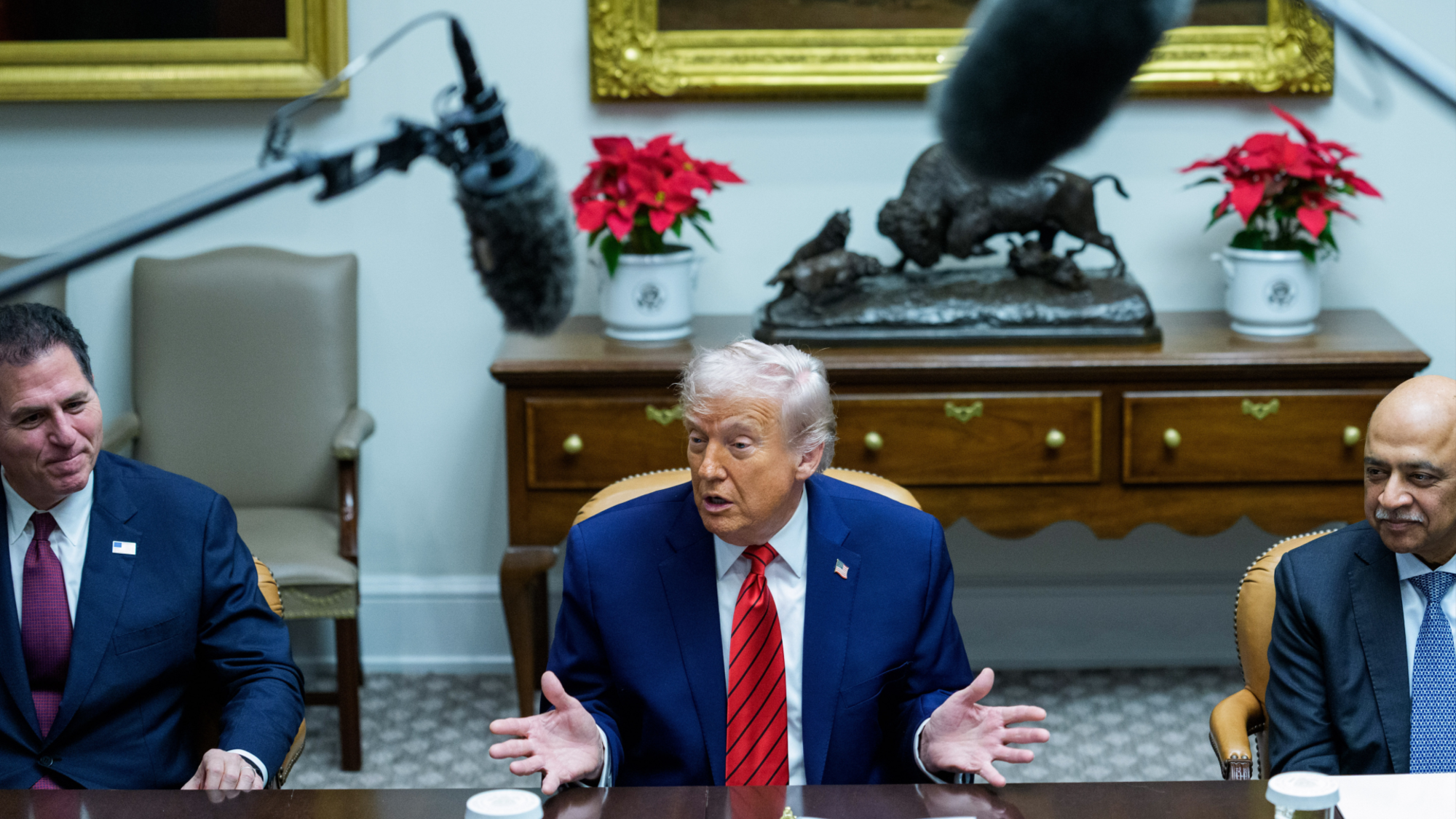The hunt for higher interest
And more of the week's best financial advice

Here are three of the week's top pieces of financial advice, gathered from around the web:
The hunt for higher interest
"At long last, banks are becoming a little more generous with savers," said Gail MarksJarvis at the Chicago Tribune. Interest rates on savings accounts have been slowly creeping up for months, but "you are going to have to hunt" for the best deals. Start your search with online banks. The interest on savings accounts at some e-banks is currently about six times higher than the average 0.185 percent that brick-and-mortar banks are advertising. The online-only Dollar Savings Direct, for instance, recently offered 1.4 percent. E-banks "may have unusual names, but as FDIC-insured institutions, your money will be safe up to $250,000." Watch out for "constantly fluctuating rates," though. A high promotional rate may expire after a number of months, so be careful to read all the fine print.
The Week
Escape your echo chamber. Get the facts behind the news, plus analysis from multiple perspectives.

Sign up for The Week's Free Newsletters
From our morning news briefing to a weekly Good News Newsletter, get the best of The Week delivered directly to your inbox.
From our morning news briefing to a weekly Good News Newsletter, get the best of The Week delivered directly to your inbox.
MyRA program gets the ax
The Trump administration is ending a retirement-savings program designed for people without access to 401(k)s, said Kate Davidson at The Wall Street Journal. The Treasury Department announced last week it would wind down the "myRA" program — launched under President Obama in 2015 for workers who did not have workplace savings plans — because demand for the accounts was "extremely low." About 20,000 myRA accounts have been opened in the past two years, with workers contributing a total of $34 million; the median account balance is $500. An additional 10,000 accounts have been opened, but their owners have not made contributions. Managing the program has cost the government nearly $70 million so far. "The cost to taxpayers cannot be justified by the assets in the program," said U.S. Treasurer Jovita Carranza.
A raise for Social Security recipients
Good news for Social Security beneficiaries: You'll soon get your "biggest raise in six years," said Paul Davidson at USA Today. Seniors can expect a 2.2 percent cost-of-living increase in 2018 — the highest since 2011. The bump means the average beneficiary will get about $30 a month extra, "a relative bonanza" compared with the 0.3 percent adjustment for 2016, which left checks largely unchanged. There was no increase at all in 2015. Adjustments have been tiny or nonexistent in recent years because of unusually low inflation. The trustees who oversee Social Security also released their annual warning about the program's long-term health, projecting that the Social Security fund would be depleted by 2034.
A free daily email with the biggest news stories of the day – and the best features from TheWeek.com
-
 What role will Trump play in the battle over Warner Bros. Discovery?
What role will Trump play in the battle over Warner Bros. Discovery?Today’s Big Question Netflix and Paramount fight for the president’s approval
-
 ‘The menu’s other highlights smack of the surreal’
‘The menu’s other highlights smack of the surreal’Instant Opinion Opinion, comment and editorials of the day
-
 Education: More Americans say college isn’t worth it
Education: More Americans say college isn’t worth itfeature College is costly and job prospects are vanishing